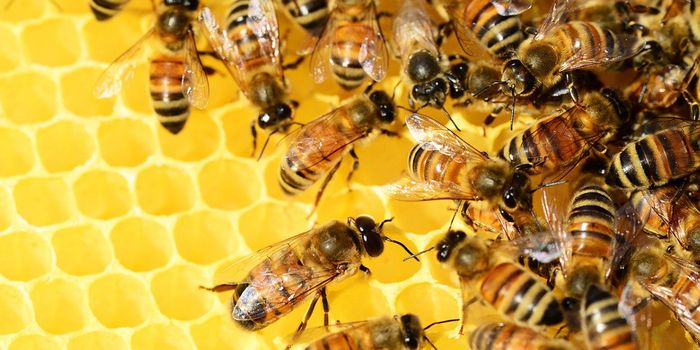A Record-Shattering 13,200 Edits Made in a Single Cell
Since the CRISPR gene editor was introduced several years ago, scientists have improved on and modified the technique in several ways. While CRISPR is usually used to change one part of the genome, a team in the lab of George Church at Harvard University has performed 13,200 edits in the genome of a single cell. They aim to make huge changes to the genome and allow for a “radical redesign” of mammals - according to the abstract of their research paper describing the work.
The scientists, Oscar Castanon and Cory Smith, targeted a repetitive genomic element called LINE-1, which make up around 17 percent of the human genome. Long interspersed nuclear elements (LINEs) are evolutionarily ancient, and LINE-1 is a transposon, or jumping gene that can move around the genome. Althugh they don't appear to be detrimental, there's a lot we don't know about them, and some research has suggested that they may cause problems. In this work, the scientists looked for a way to remove many of them at once.
To enable the cell to survive after that huge number of changes, instead of removing nucleotide bases from the genomic sequence, they swapped the bases with another letter. Thus, the genome remained stable and the cell lived.
Source: BioRxiv








